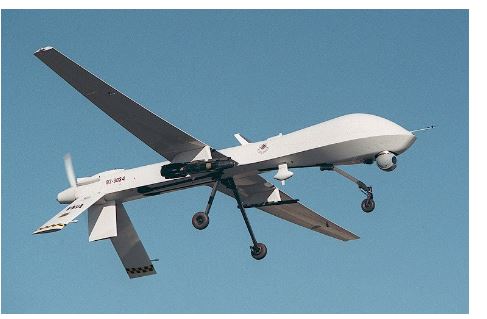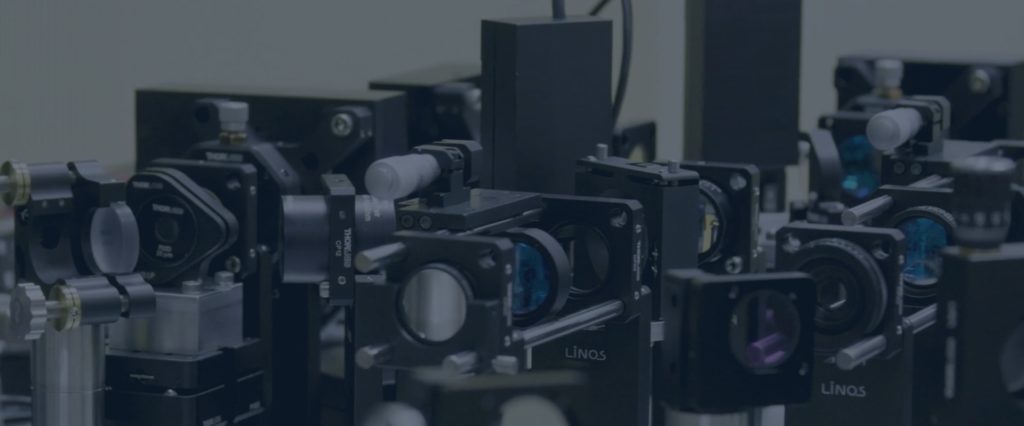I’d like to recognize the Robo-AO team at Mt. Kitt. They have done a great job of transferring the instrument from Palomar and within a short time, got a season of imaging in, resulting in a number of papers and posters that were presented at SPIE Astronomical Telescopes and Instrumentation. We’re really excited to hear that they are back up and observing after the monsoon season. I’m sure we will be getting some more great results from the team. For those who don’t know, Robo-AO is “the first autonomous laser adaptive optics system and science instrument operating on sky. The system robotically executes large scale surveys, monitors long-term astrophysical dynamics and characterizes newly discovered transients, all at the visible diffraction limit. The first of many envisioned systems has finished over 180 nights of science observing at the Palomar Observatory 60-inch telescope (with over 19,000 robotic observations executed)”. In 2015 it was moved from Palomar to Kitt Peak National Observatory in Arizona. Boston Micromachines is proud to have worked with the Principal Investigator, Christoph Baranec, on a small part of this instrument, as the deformable mirror chosen for this back in 2009 was a BMC Multi-DM (pictured).

Check more
Related Articles

Defense TechConnect Conference and Expo: Fun in the Sun with the MRR
Last week I was fortunate enough to be able to parade BMC’s Modulating RetroReflector (MRR) in front of multiple audiences affiliated with the Defense community at the Defense TechConnect (DTC) Conference and Expo in Tampa, Florida.

MiFoBio 2018: AO Microscopy in Action
Recently, Boston Micromachines sponsored MiFoBio (Functional Microscopy in Biology), an event that brought together the microscopy community, academics and professionals alike, to attend courses and workshops that explored the understanding and current trends of biological imaging.

